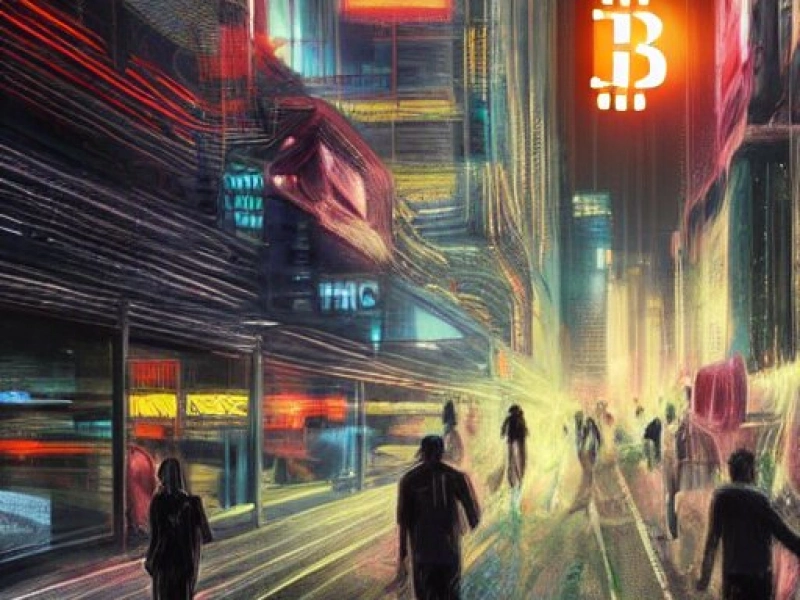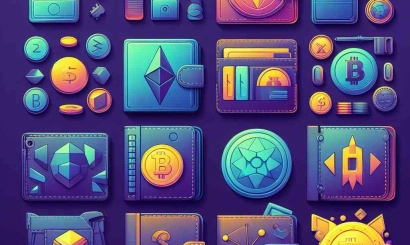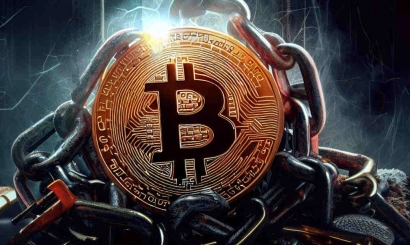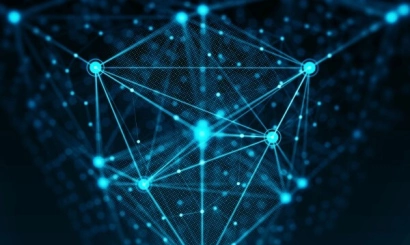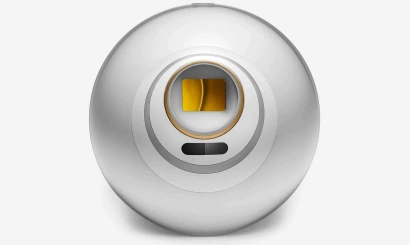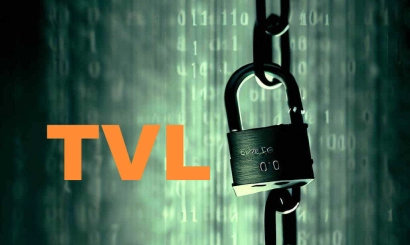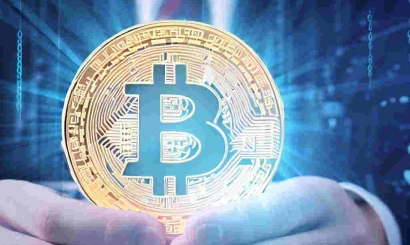Parachains are a special type of blockchain designed to address the inherent issues in distributed ledgers, such as the lack of interoperability with other blockchains and limited scalability. Each parachain is dedicated to solving a specific problem, may have its own native token, and is a side branch of blocks integrated into the main blockchain. By being built around a single "parent" blockchain, parachains can directly communicate with each other, significantly reducing the load on the main network. In the future, parachains are expected to enable a wide range of blockchains (including Bitcoin and Ethereum) to work together, forming multiple multi-blockchain alliances.
The concept of parachains originated in 2016 and is closely tied to Gavin James Wood, an English scientist and programmer who co-created the Ethereum blockchain and made significant contributions to the project, which he often referred to as "one computer for the entire planet."
Wood was involved in writing the initial code for Ethereum and developed the Solidity programming language. However, he left the development team in January 2016 to pursue features and ideas that didn't fit within Ethereum's scope.
According to Wood, the idea for the parachain project came to him while studying the technical documentation on sharding (distributing data across multiple physical servers) within the Ethereum 2.0 project. The core of the idea was a radically new approach to scaling the blockchain, as increasing its computing power and bandwidth in the traditional way was associated with high costs. Wood's innovation was to create multi-chain structures where the network's core, the so-called zero-level blockchain, would be surrounded by multiple first-level blockchains (parachains) that would utilize the resources and capabilities of the "parent" blockchain. The result would be a union of efficiently interacting networks that wouldn't need to access the primary blockchain (Ethereum in Wood's project) or even the "parent" blockchain to perform their assigned tasks. Furthermore, first-level parachains could have their own second-level solutions, further enhancing the system's overall scalability.
In this proposed structure, all transactions would occur simultaneously, in parallel, and would be secured by their own validators. Compared to the traditional sequential blockchain entry scheme, this would provide a significant performance boost.
The main ideas of the new project were finalized in the fall of 2016 in a white paper by the startup Polkadot. In October 2017, the project launched an ICO and raised over $145 million. The experimental version of the blockchain interaction protocol on the new platform (Kusama) was presented in August 2019, and the first phase of the main Polkadot network was launched in late May 2020.
Currently, over 130 software teams are actively developing and implementing blockchains. Parachain solutions offer them extensive customization options. Moreover, not only tokens but any data can be sent between parachains, making their potential applications virtually limitless.
The standard protocol of a parachain project consists of several key components.
The Relay Chain, or Layer 0 blockchain, is the foundational blockchain that provides third-party teams with functionality and resources (computing power) to create their own projects. A Layer 0 blockchain ensures security and enables efficient inter-platform communication between any parallel Layer 1 blockchains (parachains), as well as data transfer to the main blockchain on which the parachain project is built.
Parachains are parallel blockchains that differ from conventional blockchains in that they are created by third-party developers using their own tools and leverage the computing power of a Tier 0 blockchain for their purposes. As a result, parachains can directly communicate with each other within the same ecosystem without relying on the root blockchain.
Parathreads are blockchains that operate on the same principles as parachains, sharing the same API and functionality, but are paid for based on actual usage. Parathreads are rented instantly and for a short term, while renting a fully functional parachain slot (a certain amount of long-term allocated computing power) requires a substantial deposit and can last up to two years. Given this specificity, Parathreads are suitable for projects that haven't had time to build large communities and lack the funds to compete for a full parachain slot.
With Parathreads, projects can also send blocks to the main blockchain as needed. In other words, it's a cost-effective way to access the extensive functionality of the parachain platform, albeit with lower bandwidth.
The potential of Polkadot's technological solutions is undeniable. However, there are several constraints to their practical implementation. The primary one is the performance of the "parent" blockchain. Currently, the Polkadot team has artificially limited the number of supported parachains to 100. Each of them has its own slot (reserved processing power). The issue is that the number of projects wanting to join the Polkadot ecosystem far exceeds the stated number of connections. The promised increase in available slots to 200 won't fundamentally change the situation – the deficit will persist.
How are the slots allocated among the competing projects? Through one of the fairest market mechanisms – an auction. In both Kusama and Polkadot, the auction's object is the lease of a connection to the main blockchain (for up to 48 weeks and up to 24 months, respectively).
During the slot auction, competing projects lock in Polkadot and Kusama's native coins (DOT and KSM, respectively) as bids. These can be the projects' own funds as well as the "votes" of community members. The winner is the project that receives the largest number of locked tokens.
Parachain auctions have an interesting feature: they don't follow the usual scheme with rigid timing but instead use the "candle" auction model, which was widely used in the Middle Ages in the cities of the Hanseatic League. The essence was that bids could be placed until the moment the auctioneer's candle was extinguished. It could happen at any second, so people interested in buying a lot actively participated in the competition, not waiting for the last flickers of the flame.
During parachain auctions, no actual candle burns, but the underlying logic remains the same: preventing bidders from deciding the outcome of the contest with a few bids in the auction's final seconds.
Thus, development teams vying for a direct connection to the Polkadot or Kusama blockchains find themselves in a situation of complete uncertainty: no one knows exactly when the "final gong" will sound, as it depends on a blind decision of the algorithm embedded in the bidding program.
The auction winner is the project that receives the largest number of locked DOT or KSM tokens, which remain "frozen" on the platform for the entire duration of the slot lease in a special storage. What happens to the tokens locked in favor of the projects that lost the battle for the slot? After the auction ends, they are automatically returned to their owners' wallets.
The benefit for almost all participants in this process is clear: limiting the lease time of parachain slots promotes competition among development teams and increases the platform's credibility in the cryptocurrency community. The locking of coins for auctions contributes to a gradual increase in the value of DOT and KSM (the more parachain slots are filled, the fewer coins remain in free circulation). In turn, the teams of projects that manage to win in parachain auctions gain access to the developed infrastructure of Polkadot or Kusama. The question remains: what is the benefit for investors who vote with their tokens for other people's projects?
The main motive for participating in voting is to receive a reward from the parachain. This is usually expressed in the projects' native tokens. The size and frequency of payments are strictly individual. The tokens of dynamically developing projects increase in value, allowing their holders to earn substantial profits.
Of course, this income is not guaranteed, as even the most promising projects sometimes fail to meet expectations. For example, the reward for participants in the Acala project was at least 4.61 ACA tokens for each DOT locked. In October 2021, ACA was worth about 4 cents, rising to 20 cents by November, but today the token is nearly worthless, with its value falling to $0.0002 per ACA. A similar situation occurred with the Moonbeam project, which distributed at least 4 GLMR tokens for each DOT as a reward. However, while this token's value approached $14 in the first few weeks of its existence, it now does not exceed 50 cents.
Nevertheless, investors' principal funds are still protected by the Kusama and Polkadot protocols and will be fully returned to their owners when the parachain slot lease expires.
Compared to ICOs and IDOs, where investors risk their own money by purchasing startups' tokens in the hope of their intensive development and the integrity of the development teams, in Initial Parachain Offering (IPO), Kusama and Polkadot themselves act as return on investment guarantees. Investors' funds are used to book connections to slots, which means they remain in the system and cannot be stolen.
Thus, parachain auctions represent an investment platform devoid of the vast majority of known risks, where users get a unique opportunity to invest in projects of interest to them without the threat of losing their investment. In the worst-case scenario, the user will simply get back the previously invested tokens after a known period, and in full.
Participation in parachain auctions is not very difficult. The only thing to pay attention to is the special conditions of each particular crowdsale. To reduce legal and regulatory risks, auction participants may be asked to undergo a KYC. In addition, the organizers can limit the geography of participants to certain countries and regions, not allowing, for example, residents of sanctioned states. However, this information is open and can be viewed by anyone.
Technically, to participate in crowdslots on the Kusama and Polkadot platforms, you need a Polkadot wallet and a minimum amount of KSM and DOT (0.1 and 5, respectively).
Next, in the "Network" section of the official Polkadot wallet, you need to find the "Parachains" tab, go to the "Crowdloan" tab, select the most promising, credible project, and click "Contribute". After that, you only need to fill in the transaction details.
Users also have the opportunity to participate in parachain auctions through major cryptocurrency exchanges such as Kraken or Binance. The mechanics of the process here is very simple: a registered user just needs to log into their account, find the "DOT Slot Auction" or "Parachains" tab (depending on the exchange) in the "Earn" section, then select the desired project from the list, determine the number of blocked tokens in its favor, and confirm the action.
Considering all of the above and knowing the size of the audiences of the largest cryptocurrency exchanges, it is not surprising that most of the tokens in favor of a particular startup participating in a parachain auction are blocked through exchanges.
Parachains represent a fundamentally new stage in the development of distributed ledger technology. Blockchains that are part of another blockchain and form a complex architecture capable of interacting, distributing tasks, and maintaining stable operation even under high loads compare favorably with competitors. For example, it costs less to launch a project in Polkadot than in Ethereum, and its performance will be higher.
The crypto community has appreciated the advantages of parachains. During the first parachain auction on the Polkadot platform, users contributed more than 87 million DOT. At that time (November 2021), they were worth about $3.5 billion.
The first winner in the fight for the parachain slot was the Acala project (developer of DeFi applications), in favor of which about 33 million DOT were blocked for a total amount of more than $1.3 billion.
The second auction was won by the Moonbeam project, a platform created to work with smart contracts, which allows making universal those projects that were originally developed for Ethereum. More than 35.5 million DOTs worth more than $1.4 billion were blocked in favor of Moonbeam in the auction.
The result of the third winner, the Parallel Finance project, was already far from a record but still impressive: 10.7 million blocked DOTs worth about $70 million. Parallel Finance is a decentralized protocol that offers credit, staking, and cryptocurrency exchange services in the Polkadot ecosystem.
To win the fourth and fifth auctions, the Astar and Clover Finance projects only needed about 10 million DOT each, which at the time of the auction was worth about $65 million.

